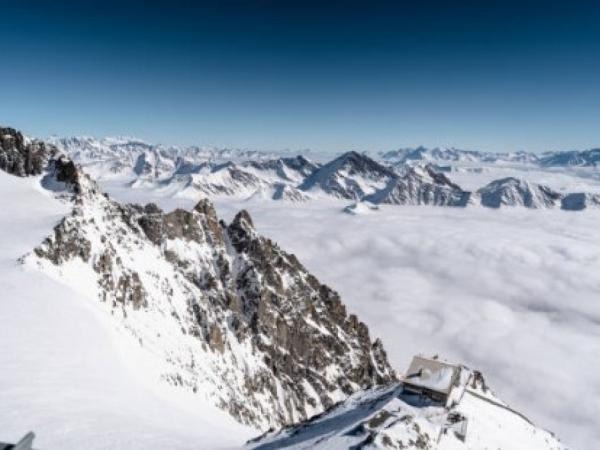Why does it feel cold instead of hot when you climb a mountain and are closer to the sun?

Mount Everest
iStock
It may seem contradictory that as you climb a mountain and get a little closer to the sun, temperatures drop, sometimes dramatically .
The explanation for this phenomenon involves more complex physical processes, supported by atmospheric, meteorological, and climatological studies.
(More: Change in a few minutes: the Colombian town that has 3 seasons in the same day ).
What physical mechanisms explain cooling at altitude?1. Reduction in atmospheric pressure and expansion of air: As we ascend, the amount of air mass above decreases, therefore, atmospheric pressure is lower. A thin volume of air is not compressed by the weight of a large atmosphere, so it can expand. This adiabatic expansion process, that is, without external heat input, causes the air to lose thermal energy and cool.
2. Effect of global warming and heat transmission: Much of the heat we feel comes from the Earth's surface: the ground absorbs solar radiation, heats up, and then transmits that heat to the surrounding air (conduction and convection).
The denser the air, the more effective this mechanism is. As air rises, the warm air generated at the ground no longer reaches the surface with the same intensity, and the lower density reduces the air's ability to retain and transport that heat. At altitude, this heat exchange between the surface and the air is much weaker.(Also: Ideam updated the status of the tropical wave's advance in the Caribbean: this is known ).

Mount Everest
EFE
3. Reduced local greenhouse effect: Certain gases in the atmosphere (water vapor, carbon dioxide, methane) absorb infrared radiation emitted by the Earth and re-emit it, trapping some of the heat near the surface. At altitude, there is less air mass and a lower concentration of these gases near the peak, which reduces this heat retention. In other words, part of the "trapping" effect diminishes with altitude.
Global recordsIn the mountains, such deep extreme records are less common, mainly because there are fewer climatological stations at extreme altitudes. However, there are interesting examples:
- Mount Logan, Canada: At altitudes around 5,000 m, winter temperatures close to -45 °C have been reported, and exceptionally, -77.5 °C was recorded on May 26, 1991 (although this measurement is disputed due to altitude and conditions).
- In Spain, Tuc de la Llança , at 2,659 m above sea level, recorded a record low of -34.1 °C in January 2021, the lowest recorded temperature for Spanish territory.
- In Brazil, Morro da Igreja (1,823 m) recorded -17.8 °C on June 29, 1996, a record for the country.
PORTFOLIO
Portafolio





